Things to Check in a Bathroom Design
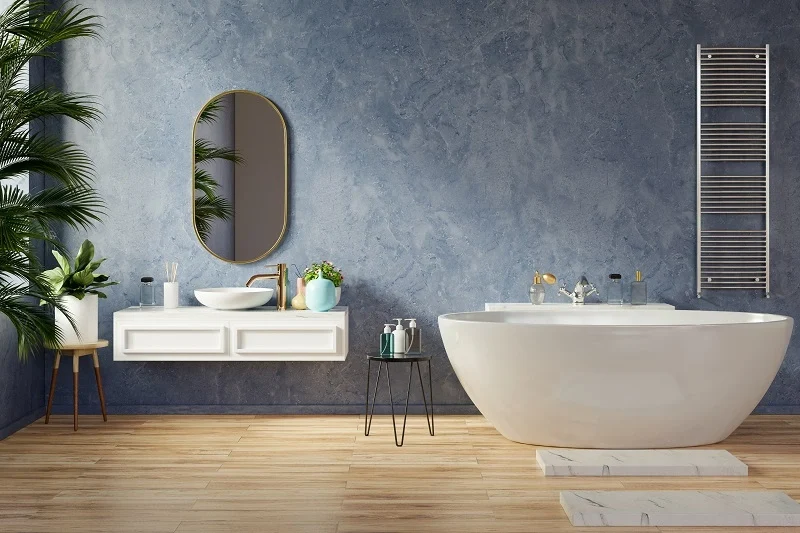
Liked the project, the location and the views from the house? But wait! Before booking it, do check the bathrooms for more than just the size and number. You probably ensured that the number of bathrooms is sufficient for your family, the main bedroom has an attached bathroom and the bathroom ensures privacy; but is that all? No! Because next to the number of bedrooms, the number of bathrooms the house has to offer is a huge matter of concern for most families.
Agree or not, the bathroom is the most private space in the entire house. Therefore, ensure that you give it the thought it deserves. Ask yourself the important questions pertaining to your lifestyle and habits, such as – how much time is spent in the washroom usually, how many people will use a particular washroom, how many bathrooms and WCs will you require considering the number of people living together, do you need attached baths or want a sink outside of the bathroom etc. These questions will help you list down the important aspects that you should look at when choosing a house.
Here are some points, about the bathroom design and utility, which our experts think are really important for you to check before finalizing a house.
DIMENSIONS
- Without any doubt, the bathroom should be highly functional and user-centric. It should be large enough to accommodate the shower area, the toilet, the sink, the bathtub, if required, and also allow for some storage space. The right bathroom design can give you a lovely, functional space, while the wrong space planning can make the experience terrible.
- The dimensions of the bathroom are extremely important to ensure that the use is easy and the experience soothing. For instance, the bathroom should have a decent ceiling height (minimum 7 feet) for one to comfortably use the shower.
- A bathroom should ideally be located away from the living room so that it allows for maximum privacy. The sounds from flushing and smells from a poorly ventilated bathroom can ruin the living experience to a great extent.
- Check if all bathrooms are full-bathrooms or half. Some bathrooms have typically only the toilet and sink and are considered as half-bath, or powder room or guest bath. If it suits your requirement, you can choose to opt for a half-bath too.
- The height of the countertop for the washbasin should be convenient for your daily use. When assessing the height, take into account the use by children and senior citizens too.
- The minimum clearance (free space) in front of the commode should be enough for you to sit at ease.
- The locking system of the door should be comfortable for children only of a certain height. Easy locking by toddlers can become problematic if they are left unattended.
- According to your personal preferences, check these nitty-gritties related to space utilization in the bathroom before you book a house.
LOCATION
Entrance
As a first, check where the washroom door opens. The door should comfortably open and close in the space provided and should be made of good quality, water-repellent material. It should ideally swing open into the bathroom and not hit the sink or the commode, nor block the circulation path outside. If your family needs an accessible washroom, confirm the width of the bathroom door provided. It should be wide enough to let a wheelchair pass through. If you intend to place the washing machine inside, check if the door is wide enough, the fittings are in place and the inlets and outlets sorted.
Dry and Wet Areas
The bathroom should have segregated dry and wet areas for ease of use. The dry area typically includes the washbasin and the western commode, and the wet area accommodates the shower unit and the bath tub. The segregation aids easy usage and ensures that the bathroom is dry most of the time. An entry from the dry area is sensible considering maximum footfall and use at multiple times of the day. For a person to just wash his or her hands, he or she wouldn’t require crossing across the wet areas. It can be done comfortably at the sink placed near the entrance of the bathroom.
Guest Friendliness
Your bathroom should be your personal haven, but at the same time it should be guest-friendly too. Make sure the bathroom is designed to be accessible and is easy-to-use for all. Its location should be such that it doesn’t hamper your personal space.
FLOORING AND TILES
Flooring
The flooring of the bathroom should be such that it lets you walk on the wet tiles comfortably and safely. A bathroom with extra-smooth tiles may look good, but will be extremely risky to hold ground on. The flooring, for instance, should be impervious to water, should remove stains easily, be safe when walking across with wet feet, and should be hygienic and durable.
Tile Size
The size of the tiles in proportion to the size of the bathroom can make the room look expansive or confined. Large and less number of tiles can add to the grandness, while small, larger number of tiles may crowd it up. On the flip side, tiles that are too bulky may not be aesthetically pleasing, and pattern-making small tiles could make the impact. Be mindful of the tile size and choose your preference.
Tile Drop
Check the tile drop between the wet and dry areas. Tile drop between the main floor in the room and the bathroom/toilet is also an important consideration. The tile drop and gradual slope ensure that the water drains in the right direction without flowing inside the room. Do a simple floor-test to ensure the same!
Tile Alignment and Pattern
Patterns are appealing for more reasons than one. So, ensure that you check the alignment of the tiles in the bathroom. Misaligned tiles can look like chaos, ruining the calming experience you desire in your most private time.
TOILET – INDIAN OR WC
- Check what it the type of the toilet provided by the builder. This choice will be determined by your lifestyle and your family’s use. If the seniors prefer a WC owing to discomfort in sitting when using the Indian toilet, a WC is recommended.
- Once the WC has been zeroed upon, also check the type of the WC provided. Check if it is floor-mounted or wall-mounted – a wall-hung toilet is great for a compact, modern, small-spaced room, whereas a one-piece or two-piece toilet is easy to clean and is durable.
- Check the height of the unit and the shape and space occupied by the toilet seat – a round seat fits well in small spaces, while the elongated one is much more comfortable to use.
- Check if the flushing system is a flush tank or a flush valve. It is crucial that you ask appropriate questions about the toilet design.
AESTHETICS
Look and Feel
The bathroom can effortlessly transition from being a functional space to a feature space that is designed to impress. When booking a house, it is thus important to pay attention to the technical aspects of the bathroom space as well as its overall look and feel.
Colour Palette
The choice of the colour can completely transform a bathroom. The colours used can make the bathroom look roomy or constrained and bright or dull. For instance, grey colour can lend the bathroom a cosy, cosseting feel, while nautical blues can bring to mind images of clear skies and animated seas. It is important to remember that the bathroom shouldn’t be left out as a boring space, but should very well blend in with the vibe and personality of your entire house.
LIGHTING AND VENTILATION
Natural Light
The bathroom should allow some natural light in, through may be a window or a skylight. This ensures that energy consumption is reduced and the growth of mould and mildew is taken care of efficiently. Also, if you are using the bathroom sink regularly for shaving and makeup, a well-lit bathroom is indispensable. Natural light also plays an important role in creating a calm environment.
Ventilation
Great ventilation can make a world of difference to your bathroom experience. Bad odours and gases lingering all day are definitely unwelcoming for all. Sweltering baths and flushing toilets add up to the humidity in this wet place. Hence, provision for an exhaust fan can ease the maintenance of your bathroom. In the unit plan, check where the opening of the bathroom is oriented – whether it opens into an internal duct or opens to the outside, external area. An internal duct can cause the built-up of gases and smells. Whereas, an external duct opening to a free space can ensure that the movement of air is constant and easy. In some designs, mechanical ventilation may also be mandatory in the form of an extractor fan.
PLUMBING SYSTEM
Water Source
Make sure you enquire about the water source in the bathroom, both for bathing and flushing. Know both – the supply systems and the drainage systems. They shall help you understand your plumbing better. Blocked drains and dripping faucets might seem like trivial nuisances, but are extremely important for the ease of everyday life in the long run. Poor pipe planning is a strict no.
Sunk or Underslung
Check whether it is a sunk or underslung plumbing system. The sunken slab is provided to preserve architectural design and thus the water drainage pipes are fitted underneath the floor or tiles. In an underslung plumbing, the toilet slab is built at the same level as the slabs of the other parts of the home. The slab is then perforated wherever plumbing pipes have to pass through. The underslung is masked using a false ceiling for the toilet below. In the case that underslung plumbing is provided by the developer, check if the false ceiling is provided or no.
WATERPROOFING
The waterproofing of your own toilet and bathroom is undoubtedly important, but what is even more important is the waterproofing of the bathroom on the floor just above yours. Ask sufficient questions pertaining to the plumbing and waterproofing before you finalise the house. Also enquire about the warranty and guarantee of the waterproofing system. Though a concern for the builder primarily, it is important for you also to know what terms and conditions are included in the waterproofing contract.
FITTINGS
The quality and quantity of the bathroom fittings and fixtures should be checked beforehand. The faucets, the make and capacity of the water cistern or sanitary ware flush tank, the wash basin tap, flush plate or handle etc. need to be given attention to. Make sure you ascertain the guarantee and warranty that comes with the bathroom fittings. Good-quality fixtures with adequate warranty period help you ensure that your maintenance cost in the longer run is reduced.
ELECTRICAL POINTS
The bathroom in its design should have sufficient electrical points, with the required voltages. The ease of installing and using a shaving device, water or gas geyser, hair dryer, vaporiser etc. is important. It is advisable that you ask for add-on plumbing and electrical information specific to your home. A detailed plan shall ease your maintenance troubles by accurately assessing the pain points.
STORAGE
Bathroom storage is often a neglected aspect. A bathroom that offers some in-built storage space or space for placing shelves and racks can help you organize better and make the most of the limited space. These shelves can store bathroom essentials, additional napkins and towels, the shaving kit, sanitary napkins, intimate essentials, fragrant candles, bath salts and scrubbers and more. Check if additional space is available under the washbasin for storing unpleasant cleaning items such as toilet brushes, scrubbing agents etc. The washbasin counter size should be spacious enough to keep hairbrushes, toothbrushes, toothpaste, mouthwash, soap dispensers etc.
MAINTENANCE AND CLEANING
Last but not the least, ensure that the bathroom is a space that is easy to maintain. The regular cleaning of the bathroom should be unproblematic and swift. Unnecessary dead spaces, too many grooves, turns and offsets can make the cleaning difficult. For example, the presence of the nahani trap is a must. It can prevent blocking of the drain by sieving out hair and other solid remnants. The height of the dado tiles should be enough to act as barrier to the splashes of water. All horizontal surfaces in the bathroom such as the ledge wall, washbasin counter, and window sill should be easy to clean and maintain.
All in all, make sure the bathroom is designed around your preference and comfort. Because it is in this space that you steal some time for yourself and unwind from the stress. It is a truly private space that demands the isolation, hygiene and convenience it deserves.
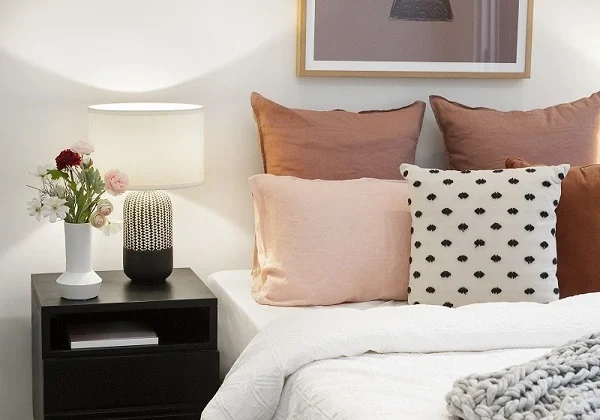


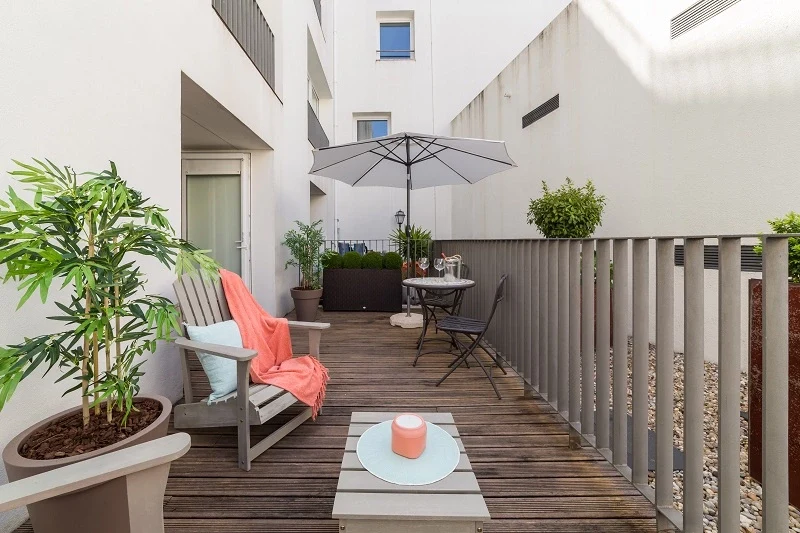


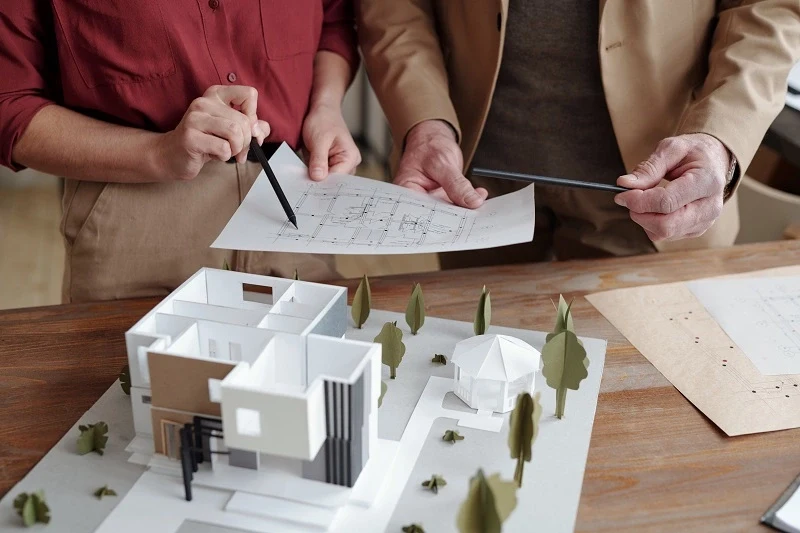
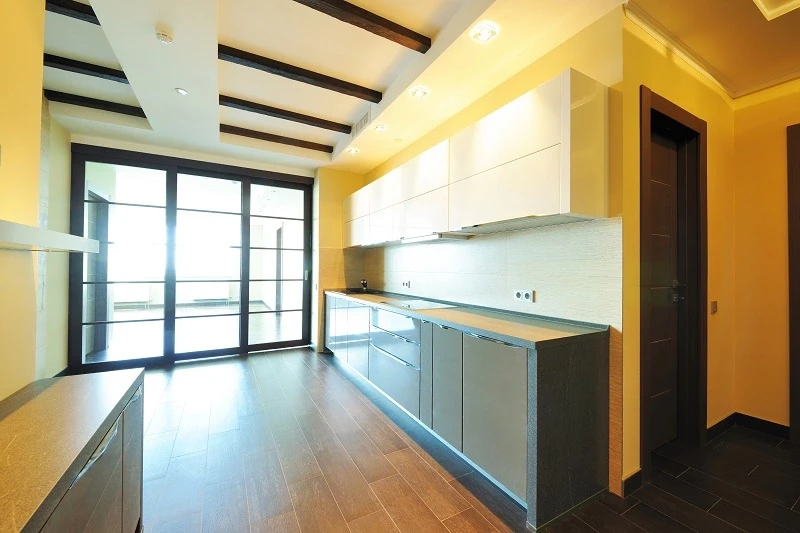
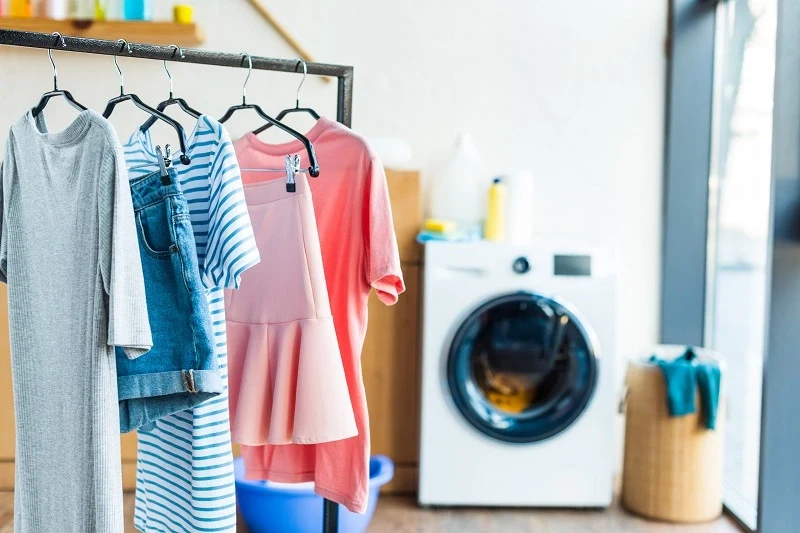
Ask a Question